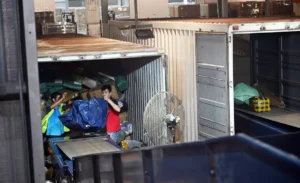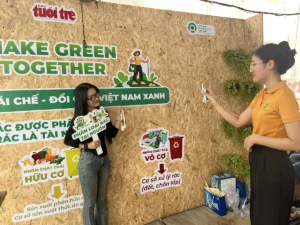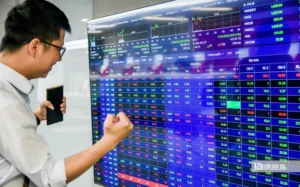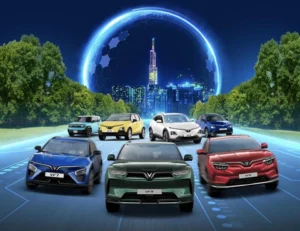(TBTCO) – Developing a green and circular economy is an important trend that the Vietnamese government is focusing on. However, implementing a circular economy presents many challenges, especially in terms of mobilizing financial resources to achieve the target of net-zero emissions by 2050.

Balancing Economic Growth and Environmental Protection
At the recent forum “Implementing a Circular Economy in Vietnam in the New Context,” Associate Professor Dr. Nguyen Duc Minh, Vice President of the Vietnam Academy of Social Sciences, emphasized that the circular economy is a model based on the principle that “the output of one product is the input for another.” It operates on three principles: conserving natural capital, optimizing resource usage, and enhancing system efficiency.
According to the 2020 Environmental Protection Law, this model not only reduces the extraction of raw materials but also extends the life cycle of products and minimizes waste, thereby reducing negative environmental impacts. The Party and the State consider the circular economy an integral part of the socio-economic development strategy for the 2021-2030 period. To support this process, the government has issued several important policies and legal frameworks, including the 2020 Environmental Protection Law and Decision No. 687/QD-TTg on developing a circular economy.
Associate Professor Dr. Nguyen Duc Minh noted that sustainable development, digital transformation, green economy, and circular economy are significant global trends, including in Vietnam. These trends not only create opportunities but also pose substantial challenges, especially in balancing economic growth and environmental protection. To achieve this balance, mobilizing financial resources is essential.
Agreeing with this perspective, Associate Professor Dr. Nguyen Van Thanh, Vice Chairman of the Central Theoretical Council, stated that the transition to a circular economy is estimated to create a global growth opportunity of 4.5 trillion USD by 2030, while also restoring natural systems. Vietnam is also moving towards green production and must seize the opportunity to integrate the circular economy into its new development context to achieve growth targets.
The circular economy is built on principles of minimizing, recycling, and sustainably using resources, making it a necessary trend to address current environmental and consumption challenges. While many countries such as Germany, Japan, and South Korea have made significant progress, Vietnam still faces difficulties in awareness and lacks effective supporting policies.
Economic experts have pointed out the limitations in the systematic thinking of policy-making, regulation, and practical implementation. The legal system for the circular economy remains fragmented, and there is a lack of specific mechanisms and experimental policies for developing a circular economy.
Additionally, there are many difficulties in accessing financial resources; there is a lack of connection between research institutions (universities and research institutes) and businesses. Infrastructure for circular economy development is limited and does not meet development requirements. Waste collection, treatment, recycling, and reuse technologies are not fully integrated, with landfill being the primary method. Vietnam’s readiness for the Fourth Industrial Revolution compared to other countries in the region and the world remains modest.
Solutions to Promote Circular Economy Development
Contributing solutions to the National Action Plan on implementing the circular economy in Vietnam, Dr. Mai Thanh Dung, Deputy Director of the Institute of Strategy and Policy on Natural Resources and Environment (Ministry of Natural Resources and Environment), noted that the circular economy is internationally recognized as a crucial solution to balance economic growth and environmental protection, aiming for sustainable development.
Vietnam has actively integrated the circular economy into its national development strategies and programs. However, most existing models are still small-scale. The National Action Plan on Circular Economy has been developed with the goal of extending product life cycles, reducing waste, and promoting innovation. A total of 38 specific tasks have been assigned to ministries, sectors, and localities to implement the circular economy by 2030 and beyond.
To achieve the targets set in the National Action Plan for Circular Economy, in addition to the crucial efforts of the business community and public awareness, Dr. Mai Thanh Dung emphasized the need for active and effective participation from ministries, provincial People’s Committees, and socio-political organizations in implementing the assigned tasks.
From the perspective of an economic and banking expert, Dr. Can Van Luc, a member of the National Financial and Monetary Policy Advisory Council, proposed solutions to mobilize resources for implementing the circular economy in Vietnam.
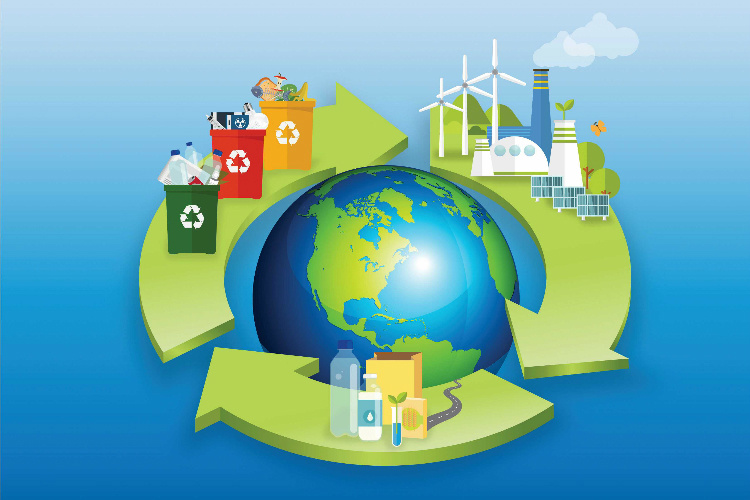
Dr. Can Van Luc emphasized that to mobilize resources effectively, it is necessary to link green growth and circular economy strategies and plans with socio-economic development strategies and planning. Additionally, private resources should be attracted to develop the circular economy through piloting regional, sectoral, or industry-specific circular economy models (based on international experience). Establishing a carbon credit market, enhancing international cooperation in setting criteria and standards, and mobilizing resources should be prioritized. Furthermore, building an information and data infrastructure to measure emissions, forecast, warn, and manage environmental risks and climate change is essential.


